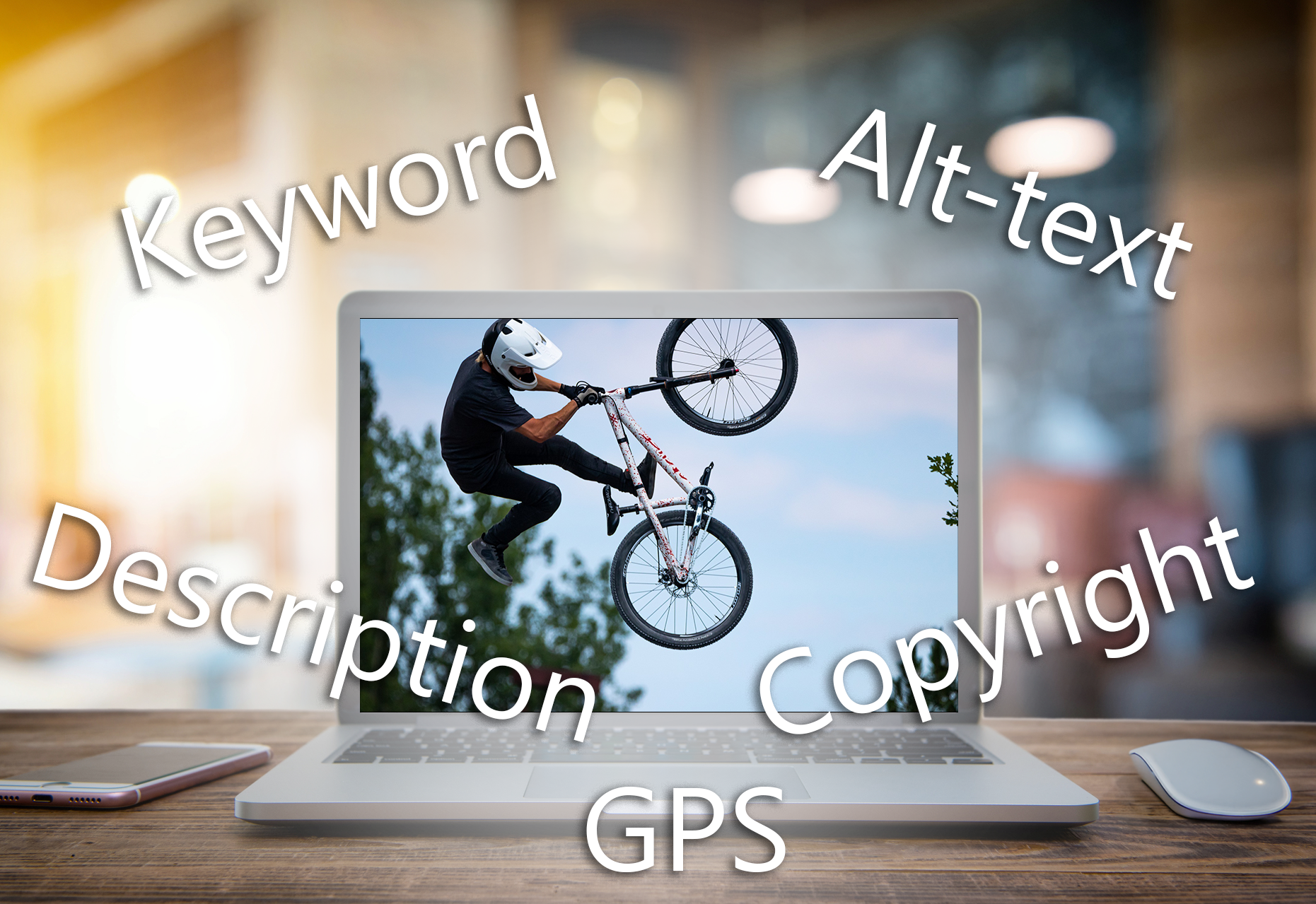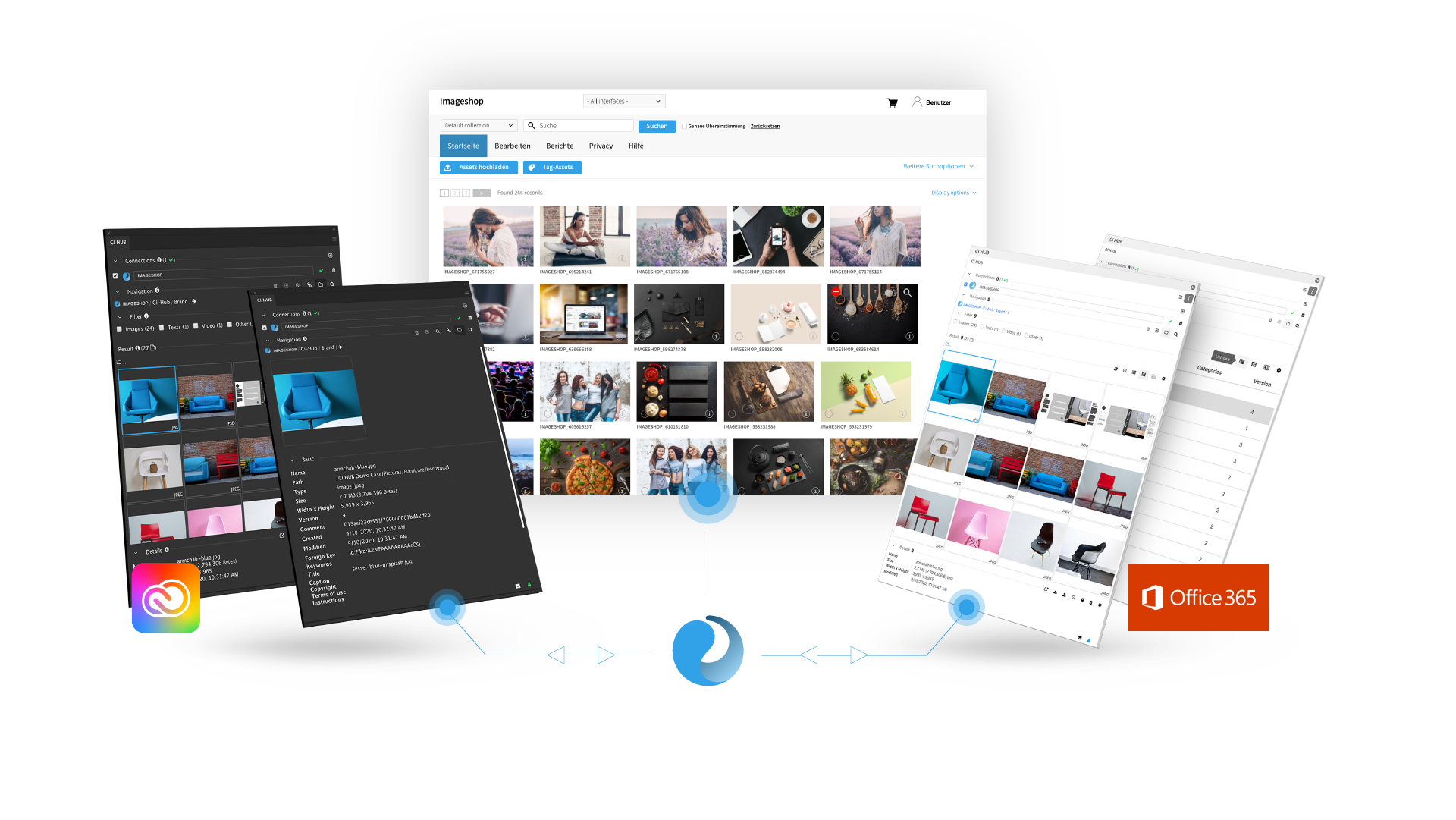Have you been assigned responsibility for your corporate image bank? And now you’re wondering how you can implement it successfully? Don’t despair – here you’ll find some of our best tips on how to successfully take advantage of your corporate image bank.
1. Involve your colleagues
That’s right. Users must be involved in the process. Find out how your colleagues currently work with images and videos and what challenges they face. By discussing this with them, you’ll also find out what’s important to them. You can take this into account and ensure that it’s included in the new (or old) image bank. It’s often easier to get someone to accept something that solves a problem rather than ask them to stop doing something that works.
By asking your colleagues about their processes, you can also get them more involved in the image bank, establish a sense of ownership to it and make them interested in using it. This will help to ensure its success. As soon as the image bank is ready to be launched, these contributors can be involved as testers and super users. This will help to identify and correct errors, and motivate colleagues to provide feedback.
2. Set goals and make sure the image bank is used
The implementation of the image bank must be followed up over time to ensure the optimal benefit for your organisation. Initially, it may be a good idea to measure the number of user logins, how many uploads and downloads have taken place, how many users have been logged in and what they typically look for in the image bank.
Combine hard figures with qualitative feedback from super users to find out what does and doesn’t work. This will generate knowledge that through training and email updates will solve perceived problems and prevent users from becoming so frustrated that they stop using the image bank.
Setting simple objectives will make it easier to define clear tasks for the image bank and, not least, measure its success after you’ve invested time and energy in the implementation.

3. Create a plan to get the most out of the image bank
As soon as you know what you want to achieve, you can get to work on the tasks to be done, and organise the files in the manner that best suits your business. Set up an action plan for the tasks with scheduled milestones. Involve super users and other colleagues in this work.
In order to get the most out of the image bank, you must establish the categories and metadata you need to quickly find the content you’re looking for. Remember that the image bank can’t find images with your defined search words and categories without them actually being used in connection with the images themselves.
You must therefore tag all the files at the start of the project in accordance with the plan you’ve drawn up. Think about how the images are used and the key metadata for describing and finding the right images. To achieve the optimal result, you must choose a suitable level of detail, which can be followed up over time.
The right procedure can often save you a lot of time during the actual process of moving files into the new image bank.
4. Do the work step by step
It may be a good idea to do the implementation in stages, so that you don’t bite off more than you can chew. Focus on the most important files first and learn how to use the system, so that you can fully optimise it and get the most out of the functions.
As you gradually learn how to best adapt the tool to your needs, you can make adjustments and improve the process, so that the image bank ends up being the preferred option for your corporate digital files.
5. Give information and training
Training and selling the image bank to your colleagues is vital to ensure it is accepted and used. Sell the solution to your fellow colleagues and explain how they should use the image bank to make their day-to-day work easier.
Preparing guidelines on how to tag and update files is important to ensure that this part of the process is simple, and that the image bank is filled with good content. Good tagging makes it easy for the users to search for files.
Not doing so can hold your project back.

6. Promote the image bank and remind users why it’s great
Some colleagues will quickly start using the image bank regularly, given that it has good, relevant content. They need the content, know where to find it and now it’s easier than ever to get hold of it.
Other colleagues will only use it sporadically, because they don’t have the same need for images and videos. It is particularly important to remind those people that the image bank exists. This will ensure that they stay up to date and don’t forget how they can easily access the files they need. Timely updates will ensure the image bank is valuable to as many as possible and that it constantly proves its worth to your business.
However, don’t forget that even regular users need updates and tips, so that they can continue to be good users and ambassadors for the image bank.

7. External users of the image bank
Will the image bank only be used within your business or will you also make it available to external users? The latter group must also be involved in and informed about the project. A well-organised image bank will ensure it is used by more people, more often and in line with your business objectives. Talk to external users, e.g. journalists or advertising agencies. Inform them about the image bank and provide guidance on its use. You can provide information through e.g.:
- Newsletters via email
- A link and information on your website
- A link and information in the email signature
Remember that news is quickly forgotten, so make sure you repeat the information regularly.

Remember the following!
- Gather all your business’ images in the image bank, so that all images are in one place.
- Create an easy login solution, e.g. using Google, AD or other methods.
- Give the image bank a simple and intuitive URL, so that it is easy to remember and make the link readily available, so that colleagues can find it.
- Include the image bank in everyone’s email signatures, if it is relevant to external users.
- Integrate the image bank with important tools for your business (e.g. publication solutions, Microsoft Office, Google Suite), to make the benefits of the image bank evident and ensure it becomes a part of people’s day-to-day work.
- Inform and involve your colleagues about the image bank.
- Show colleagues how to use the image bank efficiently and remind them how to do so.
- Involve stakeholders in the enterprise and let them become ambassadors for the solution.
- Let the image bank make colleagues more efficient!
Reap the benefits of your success
If the work on your image bank has been done properly, you will experience what a powerful tool it can be and how much time, energy and money it can save. The image bank will help your corporate internal information and marketing team and all other stakeholders in and outside the enterprise.
Making images and videos more readily and quickly available, you will increase the value of what you invest in creating and make it clear that content is king in your business too.







